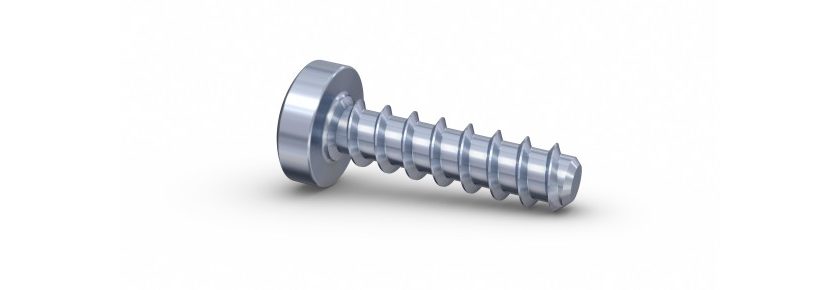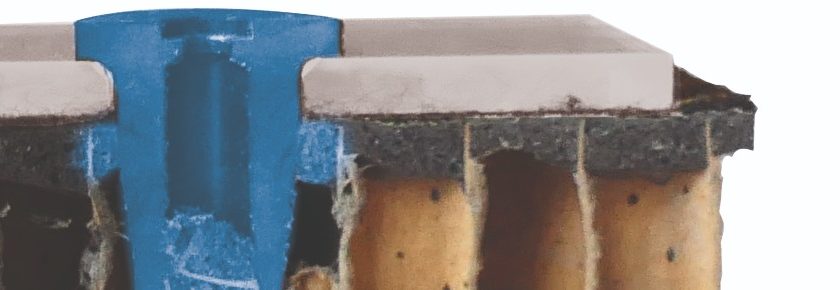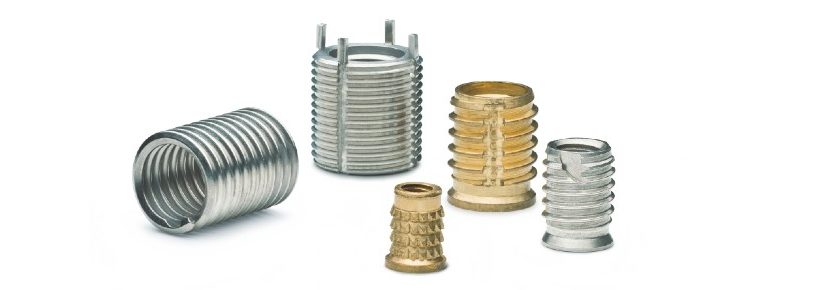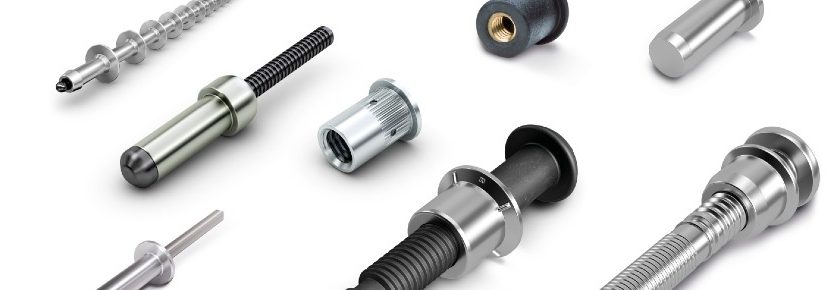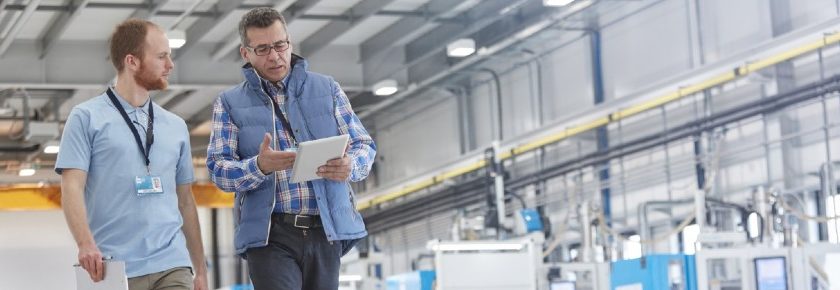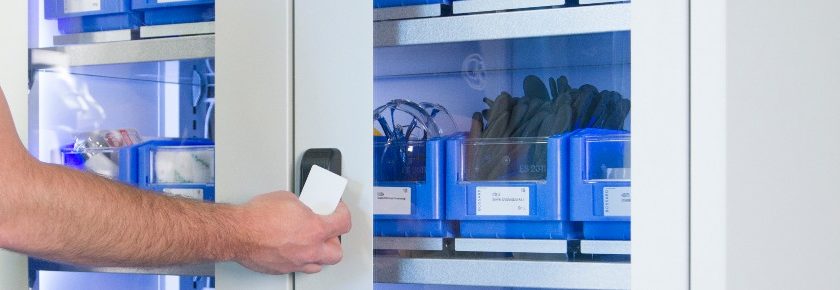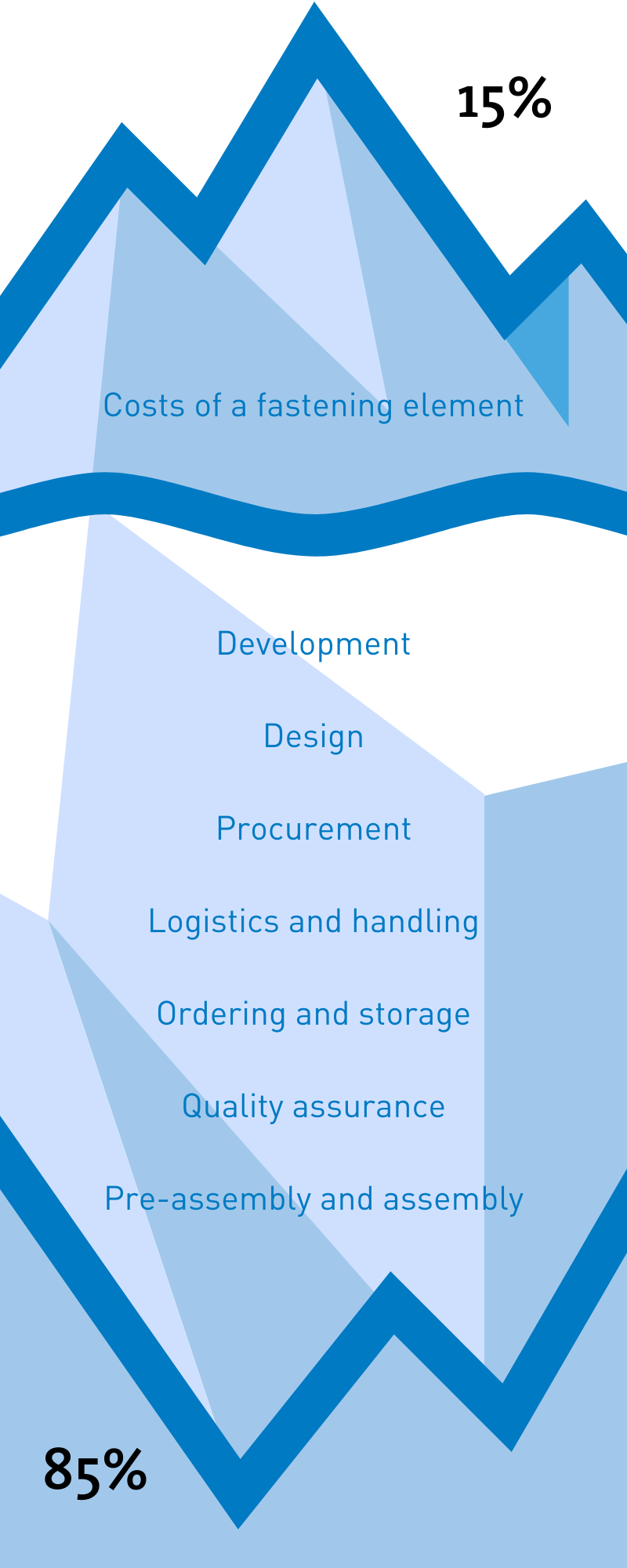As an industrial material, stainless steel has many advantages. It is resistant to rust and corrosion and is uniform in composition. It is remarkably self-repairing. Any surface damage, such as scratching or chipping, is fixed by an invisible film know as nonreactive chromium oxide, which forms when oxygen is present. And it can be combined with other materials such as nickel, molybdenum, titanium, copper, or aluminum, to vary its properties.
So, it’s no surprise that Bossard offers many fastener varieties that are made from this material. If you’re trying to determine which is the best one, the short answer is there is none. Instead, the stainless steel screw that you should choose depends on the following factors:
- What is your application? Screws are engineered for specific purposes. Those designed for wood would not work for metal joins and vice-versa. Does your application demand high strength, extreme temperature tolerance, or moisture resistance?
- What is the shape of the screw? The head, for example, can be hex, socket head, flange head, or another design. The shape determines the amount of torque that the screw can take, among other issues. What kind of thread can handle your load characteristics? A coarse thread makes for faster assembly. A fine thread engages better but takes longer to assemble.
- What grade do you require? A2-50 is inexpensive and used in applications of relatively low strength, such as with pipe clamps and hangers. A2-70 has higher strength, making them more suitable for applications that see more stress.
- What are your corrosion requirements? A2 stainless is suitable for most applications in the food and beverage industry, while A4 has a higher corrosion resistance required for marine type applications.
We can help you choose the best stainless steel screw for your fastening challenge. Contact us at ProvenProductivity@bossard.com to see how.

